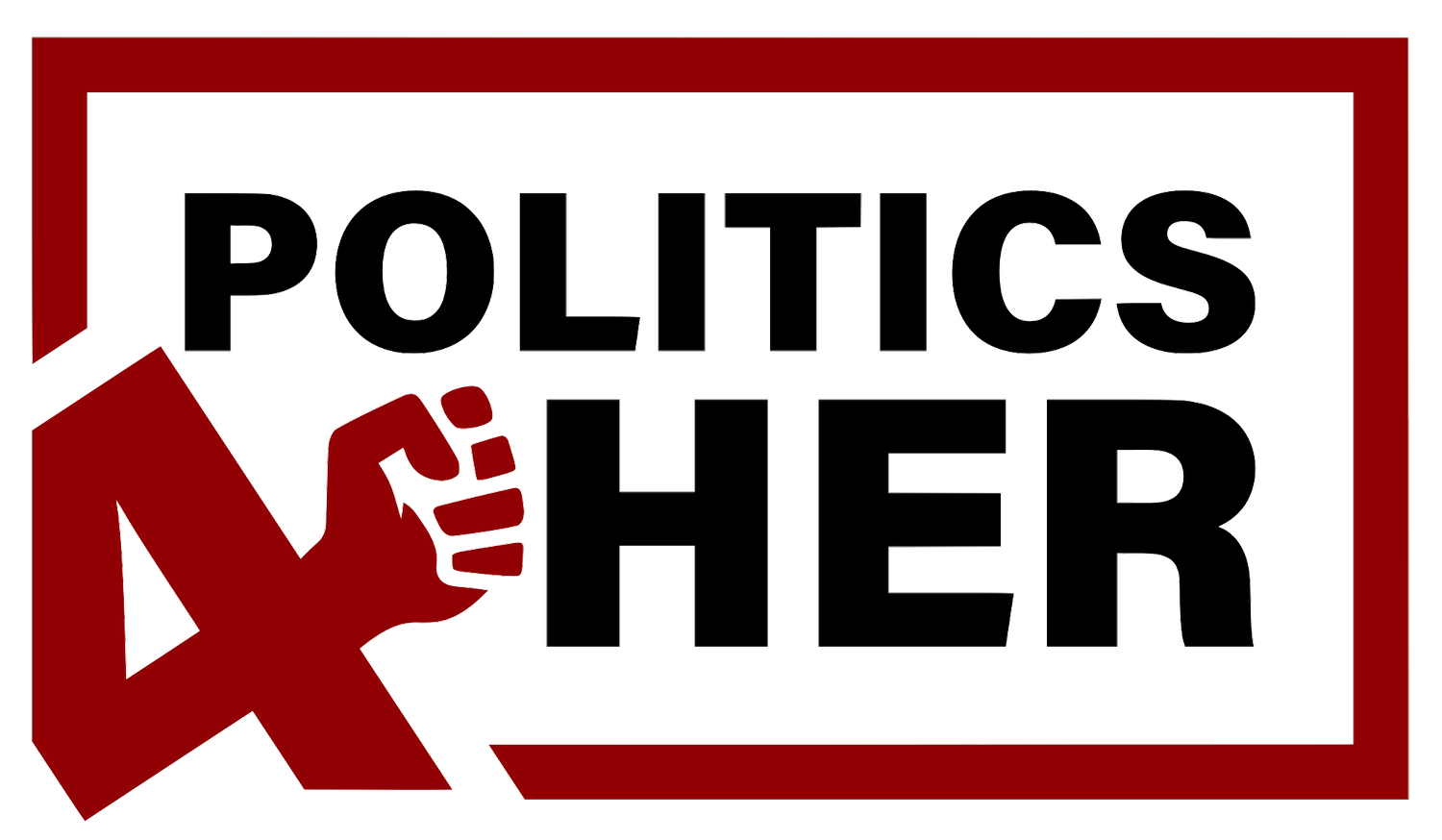Beauty is in the Mind of the Beholder: Beauty Standards as Social Construct
Beauty holds an undeniable amount of power over us. It deeply affects the relationship we have with our bodies as most of us have come to care much more about what they look like and how they are perceived by others than what they actually do to keep us alive.
I’m sure that we have all, at one point or another, experienced these moments of existential reflection when we meditate on our fascination with beauty and the understanding we have of it. Why is it that long hair and soft features are the feminine ideal of beauty? Why is it that sharp features and muscular frames are considered more attractive and ideal in men? In other words, what makes the essence of beauty?
Beauty is one of the most elusive concepts there is, so answering this question has indeed proven itself to be an arduous task. Whether through biology, philosophy, mathematical constructs, or sociology, different approaches have been taken to define beauty. These attempts brought forth an array of interpretations of what constitutes beauty. From a biological and psychological standpoint, evolutionary theory suggests that outward signs of health and fertility play a huge role in mate selection and therefore in what is deemed beautiful and enticing. These traits reflect our evolutionary distant and recent past, and are considered attractive simply because they signal mate quality: averageness, symmetry, and sexual dimorphism are some of these biologically based standards of beauty.
However, this take on beauty suggests universality which does not reflect reality as beauty standards vary between cultures and evolve with time. For example, the obsession women have today with the “hourglass figure” would be unfathomable in the 90s, a period where Kate Moss was the embodiment of beauty, especially in Western societies. That is why it’s important to highlight that evolutionary theory sheds light on the underlying selection pressures that shape these standards rather than the actual content of the latter, it is rather the rules on which they are constructed that are similar between cultures and through time.
It is therefore crucial to delve deeper into the “content” of these beauty standards and challenge the factual basis it has gained: for example, why is it that fairer skin is favored in Asian and African countries? How come Western societies glorify thinness in contrast to other parts of the world where fuller figures are desired?
The complexity of human nature and experience must be considered here as it takes into account the social interactions that ultimately govern our shared reality. In sociology, beauty -as it is the case for currency and society- is socially constructed. This suggests that our understanding of what constitutes beauty is not real in and of itself, but it is the result of social agreements concluded through human interaction. Beauty standards are therefore not as factual as we might think as they are agreed upon ideas which we have internalized and have become ingrained in our psyche.
As changing as beauty standards can be, it is important to acknowledge that the power they have on us is still as strong as ever. Beauty and livelihood actually correlate more than what we might think, as it is associated with intelligence, social skills and health. Numerous studies have shown that the higher we are on the beauty hierarchy, the happier and the more successful we are: conventionally beautiful people earn 12% more than less attractive people, this is called the beauty premium. Pretty people are often presented with more opportunities for happiness as they get considered for more jobs and have stronger social skills. In fact, according to the kernel of truth hypothesis, being attractive can become a self-fulfilling prophecy: beautiful people benefit from preferential treatment from infancy -teachers devote more attention to children with more “potential”- which builds their confidence and social skills and therefore get more opportunities in life.
These advantages that conventionally attractive people benefit from are even more unfair when representation is taken into consideration. The most common face in the media is the neoclassical caucasian female face, which only confirms the lack of representation people of color suffer from and the implications it produces. There is this idea of “lack of repeated exposure” that explains why whiteness has been considered more attractive: as we are more exposed to “white” faces and bodies, whiteness became the standard of beauty to which all ethnic groups are compared. Conversely, the more we are exposed to POC bodies, the more diverse the portrayal of beauty is in the media, the easier it is to recognize beauty in these ethnic groups.
Despite having made progress in this matter, there is still a long way to go before we can say that people of color are truly represented in the media, and consequently a long way to go before beauty standards -and the advantages they bring- become more inclusive. This inclusivity dilemma actually sheds light on the reliance of the media and the beauty industry on aspiration and patriarchal white supremacist views to control narratives that benefit them rather than celebrating diversity. Thereby, it is important today more than ever to challenge these norms and gain a certain perspective in how we view beauty which can only be beneficial.
Sources:
https://dash.harvard.edu/bitstream/handle/1/3043406/mobius_beauty.pdf?s
https://www2.psych.ubc.ca/~schaller/Psyc591Readings/Rhodes2006.pdf
https://www.youtube.com/watch?v=Q2afARZAiLI&list=PLUSaNj8HSXW_5wQVGyeVEv4hd91HdcDrY&t=67s
About the author:
Rayhana Khirane is a 22 years student currently living in Paris, France. She holds a Master’s degree in Management and Marketing and is pursuing her second Master’s in UX Design and Management. She is passionate about mental health and women’s rights and hopes to develop digital products for these causes. Rayhana is also member of the youth-led initiative Politics4Her.
